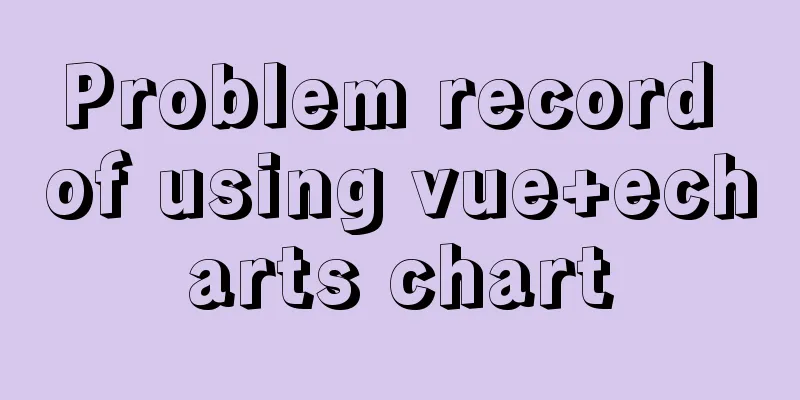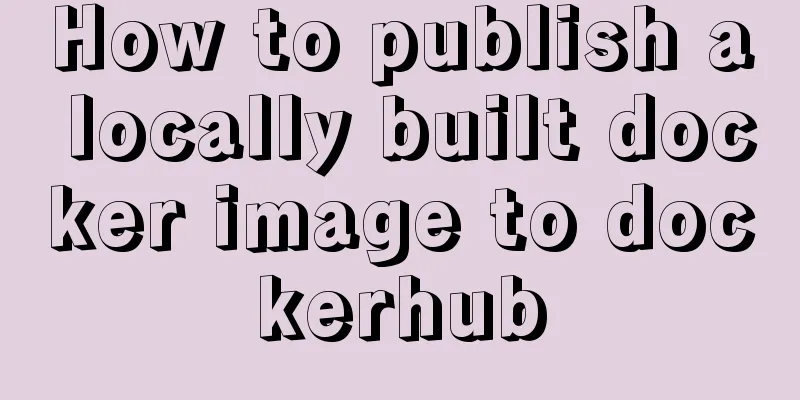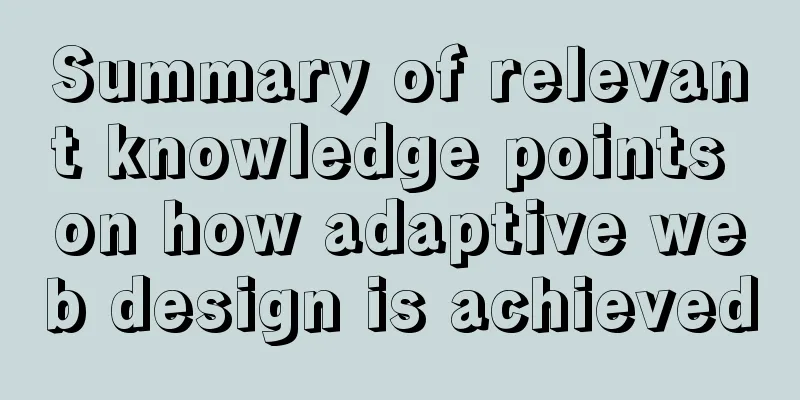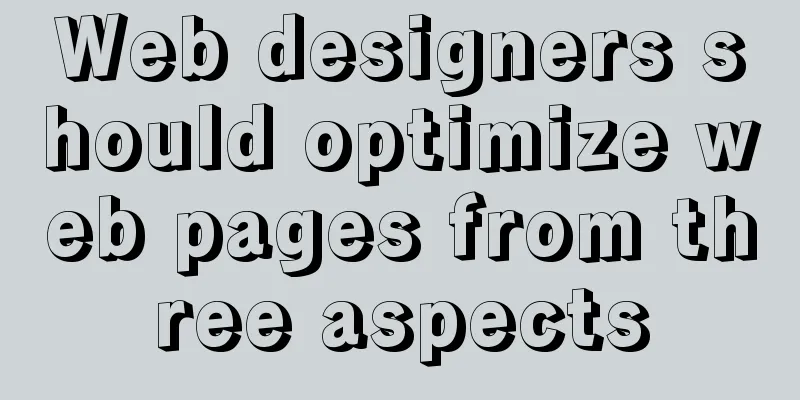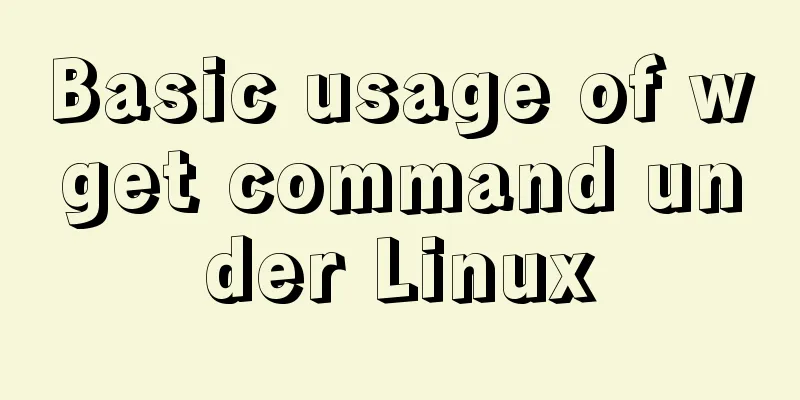JavaScript implements product details of e-commerce platform

|
This article shares a common example of viewing product details on an e-commerce platform. For example, in the details page of a specific mobile phone in the mobile phone category of a certain Dong website, the details of the mobile phone are displayed. When the small picture on the left gets the user's mouse focus, the large picture effect of the picture area can be displayed on the right side of the screen. The JS part mainly involves events such as mouse over, mouse leave, mouse move, etc., and contains a small algorithm formula. The effect is shown first: The effect diagram of an e-commerce platform is shown below:
The code part of this case:HTML structure:
<div class="box">
<img src="images/s3.png" alt="">
<div class="mask"></div>
<div class="big">
<img src="images/big.jpg" alt="">
</div>
</div>CSS styles:
<style>
* {
padding: 0;
margin: 0;
}
.box {
position: relative;
top: 70px;
left: 30px;
width: 400px;
height: 400px;
border: 1px solid #ccc;
}
.box > img {
height: 100%;
}
.mask {
display: none;
position: absolute;
top: 0;
left: 0;
width: 300px;
height: 300px;
box-sizing: border-box;
background-color: rgba(254, 222, 79, .5);
border: 1px solid #ccc;
cursor: move;
/*Change the mouse state to cross*/
}
.big {
display: none;
position: absolute;
top: 0;
left: 410px;
width: 500px;
height: 500px;
border: 1px solid #ccc;
overflow: hidden;
z-index: 999;
}
.bigimg {
/* Make sure to give the img under .big a positioning attribute so that its position can move with the movement of the mask layer*/
position: absolute;
top: 0;
left: 0;
}
</style>JavaScript behavior:
<script>
window.addEventListener('load', function () {
// 1. Get the element var box = document.querySelector('.box');
var mask = document.querySelector('.mask');
var big = document.querySelector('.big');
// 2. Register events // (1) When the mouse passes over the box, the mask layer and the large image on the right are displayed onmouseover
box.addEventListener('mouseover', function () {
mask.style.display = 'block';
big.style.display = 'block';
})
// (2) When the mouse leaves the box, the mask layer and the large image on the right are hidden.
box.addEventListener('mouseout', function () {
mask.style.display = 'none';
big.style.display = 'none';
})
// (3) Let the mask layer move with the mouse (this event should be written when the mouse is obtained)
box.addEventListener('mousemove', function (e) {
// (1). First calculate the coordinates of the mouse in the box. The coordinates of the mouse in the box = the coordinates of the mouse on the screen - offsetLeft/offsetTop of the box
var x = e.pageX - this.offsetLeft;
var y = e.pageY - this.offsetTop;
// (2) The mouse should be in the center of the mask layer, so we need to move the mouse from the upper left corner of the mask layer to the right and downward by half the width and height of the mask layer, that is, the coordinates of the mouse in the box minus half the height and half the width of the box is the final left and top values of our maskvar maskX = x - mask.offsetWidth / 2; // The mouse position is in the horizontal middle of the mask layervar maskY = y - mask.offsetHeight / 2; // The mouse position is in the vertical middle of the mask layer// (3) The horizontal movement distance of our mask layer, that is, maskX = the width of the parent box of the mask layer - the width of the mask layer, and the vertical movement distance of the mask layer, that is, maskY = the height of the parent box of the mask layer - the height of the mask layer// (4) If the x coordinate is less than 0, let it stop at 0// The maximum movement distance of the mask layer = the width of the parent box of the mask layer - the width of the mask layer (because the mask layer in this case is a square, the horizontal and vertical ranges are the same)
var maskMax = box.offsetWidth - mask.offsetWidth; // Maximum moving distance of the mask layer // Determine and limit the movable range of the mask layer: Horizontal movable range:
maskX <= 0 ? maskX = 0 : maskX = maskX; // Horizontal minimum movable range maskX >= maskMax ? maskX = maskMax : maskX = maskX; // Horizontal minimum movable range // Determine the movable range of the limited mask layer: Vertical movable range:
maskY <= 0 ? maskY = 0 : maskY = maskY; // Minimum vertical movable range maskY >= maskMax ? maskY = maskMax : maskY = maskY; // Maximum vertical movable range // Give the mouse coordinate values to the left and top of the mask (mask is positioned). Note that px units must be added! ! !
mask.style.left = maskX + 'px';
mask.style.top = maskY + 'px';
// (5) Let the large image on the right move with the mask layer // Large image moving distance = mask layer moving distance * large image maximum moving distance / mask layer maximum moving distance // Get the large image var bigImg = big.querySelector('img');
// Maximum moving distance of large picture var bigMax = bigImg.offsetWidth - big.offsetWidth;
// Moving distance XY of the large image
var bigX = maskX * bigMax / maskMax;
var bigY = maskY * bigMax / maskMax;
// Note: 1. The element obtained by bigImg needs to have CSS positioning attributes to move the position. Without positioning, the position will not change. // 2. The movement of the big image and the mask layer are in the opposite direction, because when the mask layer moves to the left, the big image actually moves to the right, so the value is a negative number bigImg.style.left = -bigX + 'px';
bigImg.style.top = -bigY + 'px';
})
})
</script>Effect display:1. When the program is running and the user's mouse has not passed over the small picture on the left (.box):
2. When the mouse passes over the small picture on the left:
3. When the mouse moves on the small picture (.box) on the left:
Case knowledge points and details:1. HTML structure: The main structure is a large div with a picture (i.e. the small picture on the left) and two divs (a mask layer and a div with a large picture on the right). Among these three elements, only the small picture on the left is displayed by default, and the other mask layer and the large picture are hidden by default (i.e. display: none;), and the mask layer and the large picture are placed in the corresponding position through positioning (child and parent). It should be noted here that the z-index of the large picture on the right needs to be given a value, because generally the original area of the large picture on the right has content displayed, and the large picture may be pressed underneath, so the hierarchy should be mentioned; 2. CSS style part: The style can be given according to the general style. The only thing you need to pay attention to is that the img in the large picture should be given an absolute position of position: absolute;, so that the JS part can move the position of the picture through left and top to achieve the effect that the large picture moves with the movement of the mouse in the small picture; 3. JavaScript part: mainly design mouse over events (onmouseover), mouse out events (onmouseout) and mouse move events (onmousemove). Note that if written in addEventListener() , on is not needed and quotation marks are needed. The main idea is to add mouse over events to the outermost large box (ie.box). When the mouse passes over, the mask layer and the large image on the right are displayed (ie display: block;), and when the mouse leaves, they are hidden (ie display: none;). Then add mouse move events to .box. When the mouse moves inside it, the mouse coordinates are obtained first (the X coordinate is obtained by using the mouse's e.pageX - box.offsetLeft; the Y coordinate can be obtained in the same way). The position of the mask layer can be determined by the mouse coordinates. However, it should be noted that when the mouse coordinates are used to determine the position of the mask layer, the mouse should be at the center of the mask layer, so the obtained mouse coordinates should be moved down and to the right by half the height and width of the mask layer, so that the obtained coordinate values are assigned to the mask layer (determining the coordinates of the upper left corner of the mask layer). 4. The mask layer can move with the mouse, but there is one more point, that is, the moving range of the mask layer should be limited, it cannot exceed the parent box, so a judgment should be added. If the mask layer moves to the left to 0, it cannot move any further, and how much it can move to the right is actually determined by the width of the right mask layer and its parent box (ie.box), because the moving range of the mask layer is from 0 to (box.offsetWidth - mask.offsetWidth), that is, 0 to the width of the parent box minus the width of the mask layer; 5. The mask layer can be moved normally and the range is also limited. Next is the display of the large picture on the right. Here we mainly design an algorithm , namely:
Because the movement of the large image and the movement of the mask layer are actually proportional , that is, the large image moves as much as the mask layer moves (for example, the mask layer moves 1px and the large image moves 2px, then when the mask layer moves 2px, the large image should move 4px). From this formula, we can get the corresponding distance data that the large image should move when the small image moves, and then assign this data to the large image on the right (that is, the img under the div), and change the position of the icon through style.left and style.top (the main value should be added with px unit). But note that the movement of the large image and the movement of the mask layer are actually opposite . For example, if the mask layer moves to the right, the large image actually moves to the left (because the large image has to move to the left to show its right area), so the values assigned to left and top should be added with a negative sign. This basically introduces the basic knowledge points and precautions involved in this case. It is recommended to combine the code (including detailed comments) to see the programming steps and implementation ideas more clearly. This case is implemented with pure JS underlying code (so there are many areas that can be optimized). There may be better and simpler ways to implement this function, but using the most basic JS code implementation can help you understand the core code and algorithm more clearly. The above is the full content of this article. I hope it will be helpful for everyone’s study. I also hope that everyone will support 123WORDPRESS.COM. You may also be interested in:
|
<<: 3 common errors in reading MySQL Binlog logs
>>: Building a KVM virtualization platform on CentOS7 (three ways)
Recommend
Nginx installation and environment configuration under Windows (running nginx as a service)
The first and most important step is how to insta...
Pure CSS code to achieve flow and dynamic line effects
Ideas: An outer box sets the background; an inner...
Tutorial on using portainer to connect to remote docker
Portainer is a lightweight docker environment man...
Some basic instructions of docker
Table of contents Some basic instructions 1. Chec...
The latest MySQL 5.7.23 installation and configuration graphic tutorial
The detailed installation and configuration of th...
Html makes a simple and beautiful login page
Let’s take a look first. HTML source code: XML/HT...
Introduction to the visual expression of the core content of web pages (picture and text)
Optimizing and refining information is always the ...
HTML tag default style arrangement
html, address,blockquote,body, dd, div,dl, dt, fie...
Detailed explanation of Linux file permissions and group modification commands
In Linux, everything is a file (directories are a...
MySQL learning notes: data engine
View the engines supported by the current databas...
HTML+CSS+JavaScript to achieve list loop scrolling example code
Description: Set a timer to replace the content of...
jQuery custom magnifying glass effect
This article example shares the specific code of ...
How to use js to communicate between two html windows
Scenario: When page A opens page B, after operati...
VMware installation of Ubuntu 20.04 operating system tutorial diagram
Memo: Just experience it. Record: NO.209 This exa...
Linux sar command usage and code example analysis
1. CPU utilization sar -p (view all day) sar -u 1...






